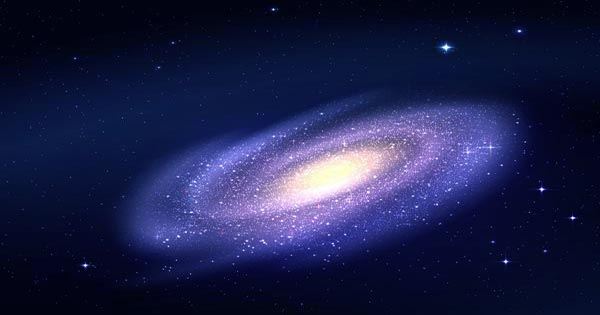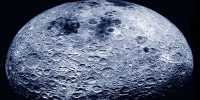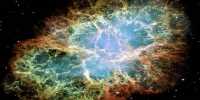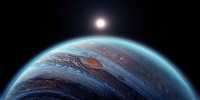Our Milky Way galaxy is a massive spiral galaxy. Its swirly form may give the idea that it mixes well over time, but astronomers have discovered that the interstellar medium – the gas found between stars – is far less homogeneous than previously thought.
Three major factors influence a galaxy’s interstellar medium. The pure gas that condensed from the great bang is the first. This is mainly hydrogen, which was the lone element in the Milky Way at its birth. Gas from cosmic space continues to flood in.
Then there are the elements that were created by celebrities. Everything other than hydrogen and helium (referred to as metals in astronomical parlance) enriches hydrogen gas and is driven around the galaxy. Finally, some of those metals condense into dust, the essential ingredients that give rise to planets (and even us).
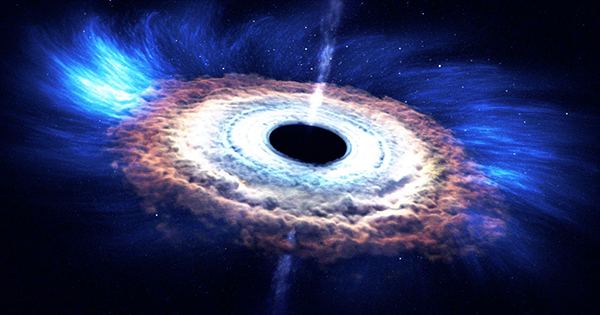
The zone around the Sun was thought to have nearly the same level of metal enrichment – known as metallicity – as our star. However, new measurements have revealed that this is not the case and that the gas found between stars in the Milky Way is highly variable. The findings were published in the journal Nature.
“Until now, theoretical models assumed that these three elements were homogeneously mixed and reached the Solar composition everywhere in our galaxy, with a slight increase in metallicity in the center, where stars are more numerous,” said co-author Patrick Petitjean of the Institut d’Astrophysique de Paris, Sorbonne University. “Using an ultraviolet spectrograph on the Hubble Space Telescope, we sought to investigate this in detail.”
It’s not straightforward to study the intergalactic medium, especially in the solar neighborhood. To estimate the enrichment of that particular location, the team used 25 brilliant stars and a long observation time.
Because this method does not account for dust, lead author Annalisa De Cia and her team had to devise a new method of observation.
“It entails simultaneously observing multiple elements such as iron, zinc, titanium, silicon, and oxygen to account for the complete composition of the gas and dust,” noted De Cia, who works at the University of Geneva. “Then we can calculate the total by adding the number of metals present in the dust to the amount already determined by prior observations.”
The findings demonstrate that there exist pockets of the interstellar medium that are one-tenth the metallicity of the Sun. According to the findings, models of our galaxy will need to be revised in order to be more accurate.
Jens-Kristian Krogager, also of the University of Geneva, noted, “This discovery plays a vital role in the building of theoretical models on the formation and evolution of galaxies.” “We will have to modify the simulations in the future by increasing the resolution so that we can include these changes in metallicity at different regions in the Milky Way,” says the researcher.
